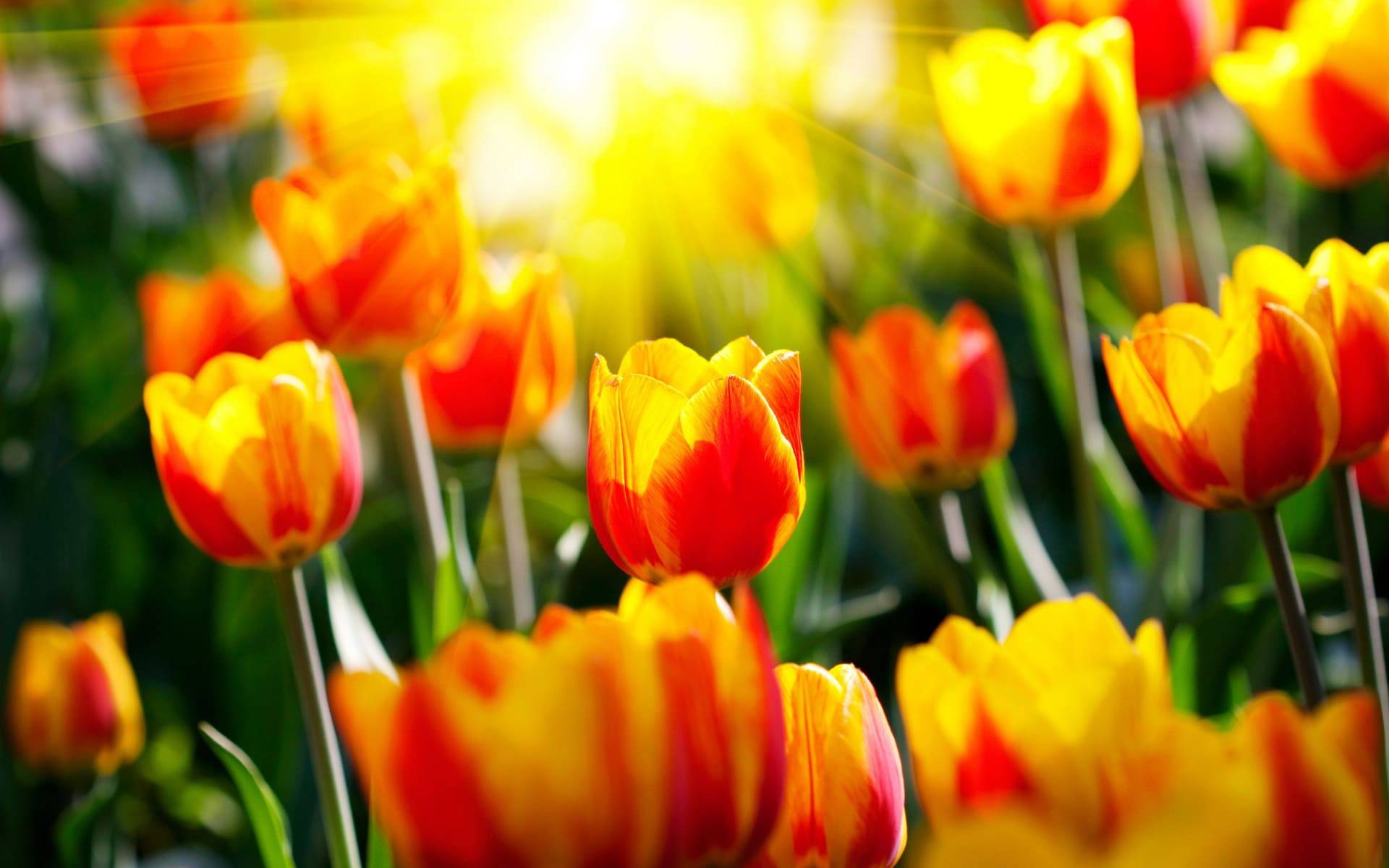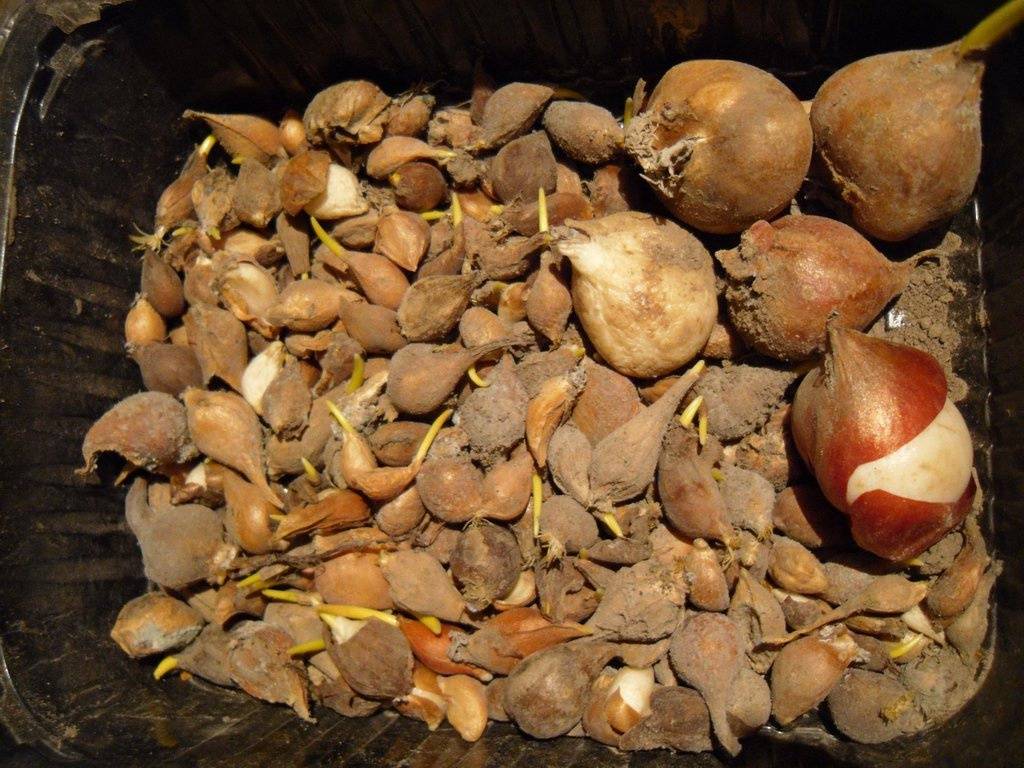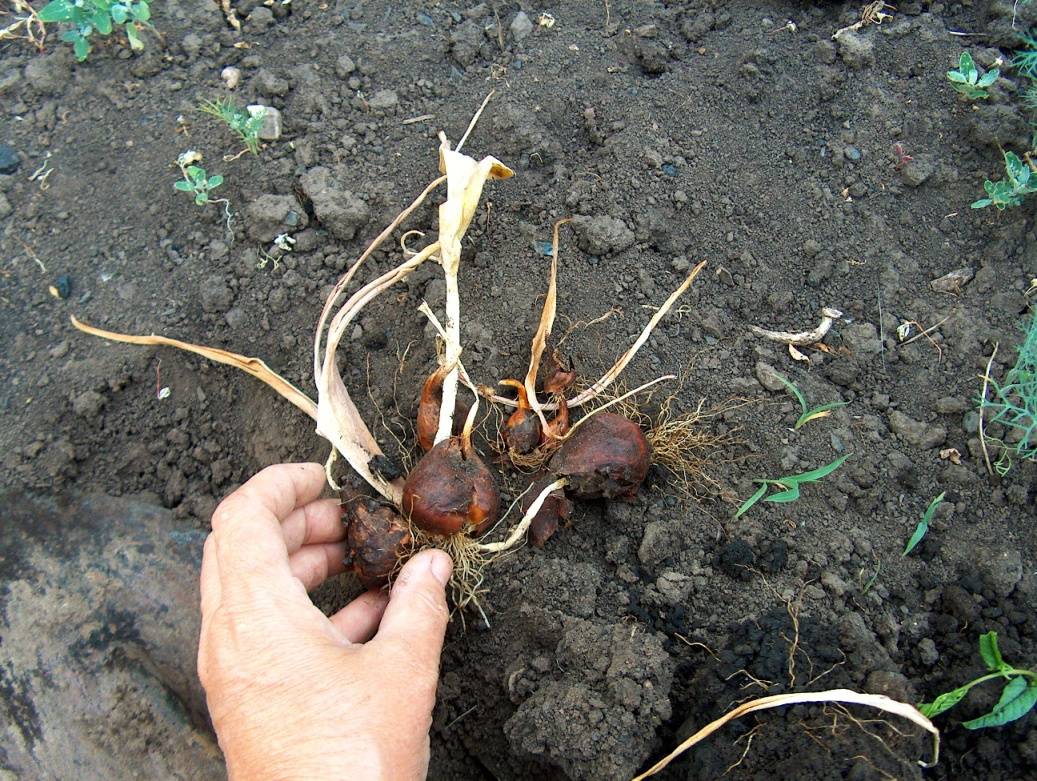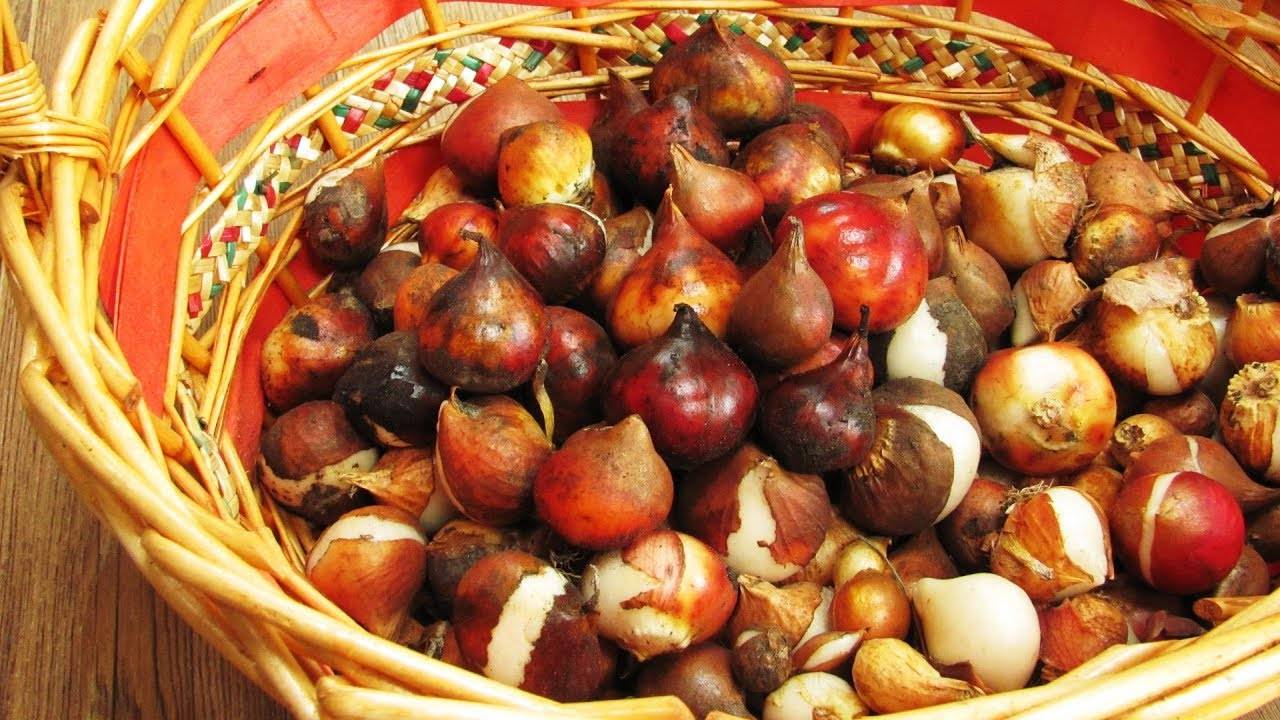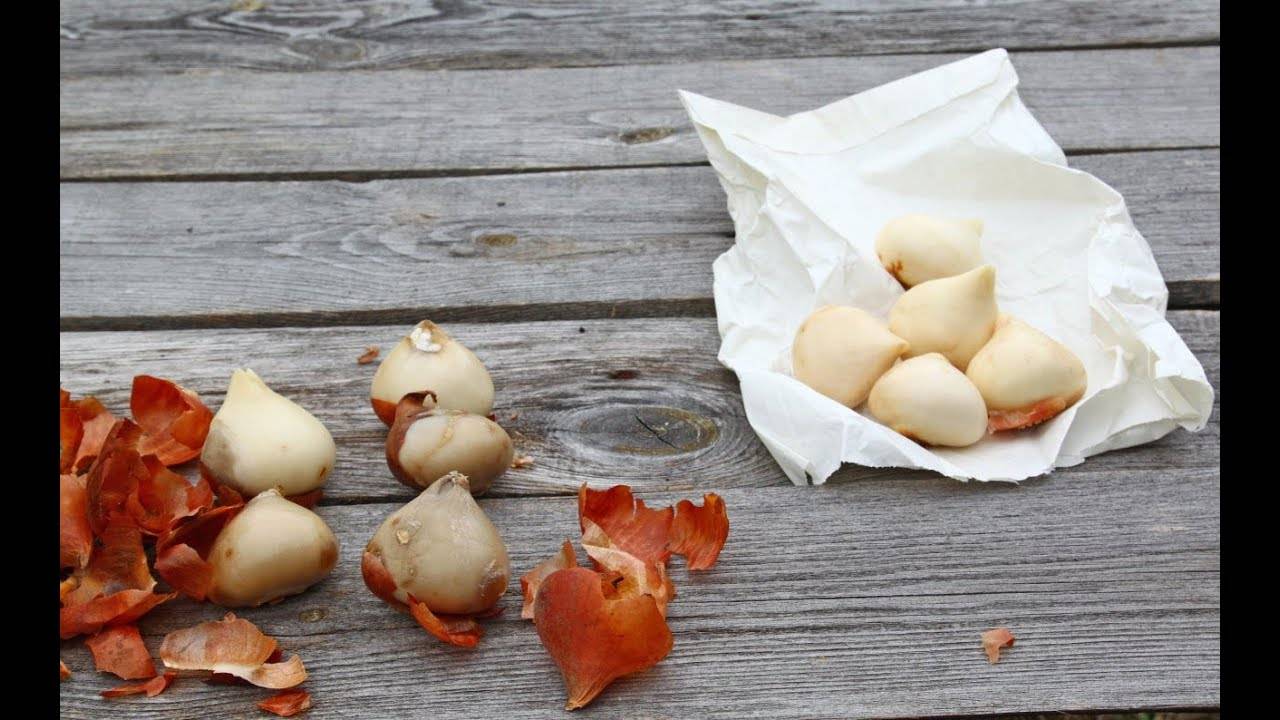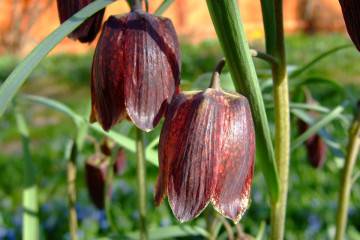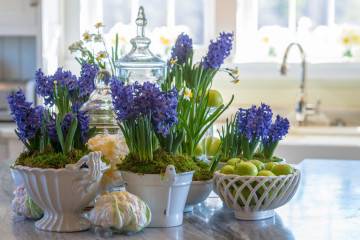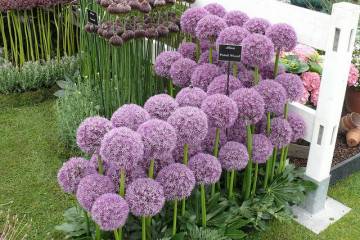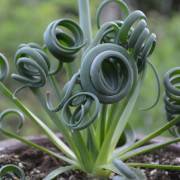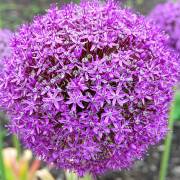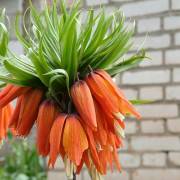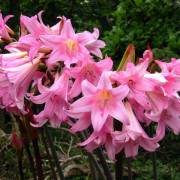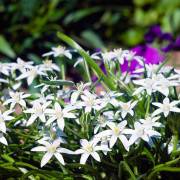Tulip bulbs - how to store
Content:
Tulips are the first flowers that appear in a flower bed after winter. In order for the plant to be well-groomed and beautiful, you need to properly care for it. For this, it is important to study the intricacies of harvesting and storing crops in the summer. How to store tulips and prepare for planting? It is necessary to take into account the main points that relate to this particular plant. Additionally, you need to take into account the variety of tulips, their cultivation characteristics and other external factors.
Tulip bulbs: how to store
Holland is considered the birthplace of tulips, but in fact the flowers came from the East, and in a European country they just became widespread. Holland has developed special technologies for the extraction of planting material, as well as storage.
Naturally, a cheaper saving option is used at home. This does not require special devices or equipment. In order for the flower beds to be in bloom in early spring, you need to worry about preparing the compositional components in advance. You need to know how to store tulip bulbs and preserve them until planting.
How to preserve flower material before planting:
- Cut off the top of the plant to prepare the underground element.
- Remove the bulbs from the soil at a suitable moment, when the material is already ripe.
- Spread out so that each copy is dry.
- Peel off excess husk and cut off the roots.
- Treat with a special agent to protect against pests and diseases.
- Prepare containers and auxiliary materials for arranging storage space.
- Choose a place to save.
In order to accurately preserve the extracted part from the soil until the moment of planting, it is necessary to organize the right conditions for saving and do each procedure on time and correctly.
Storage of tulip bulbs after digging before planting in the fall
You need to remove the bulbs in time. This is usually done at the end of July. The timing may vary in different regions, so it is better to focus on other indicators. But there are several external factors by which you can determine the exact time of the procedure:
- you can dig up tubers when the aerial part has lost about 2/3 of the leaves;
- if the stem becomes so soft that it can be wrapped around the finger without any problems, then it is ideal time to extract;
- when the aboveground part has completely withered and changed color to yellow, then you can start sampling the bulbs from the soil.
After digging, you need to properly prepare the planting material for conservation before planting in open ground. This is done in the fall, since in early spring the plants are already preparing for flowering.
Storing tulips after removing the material from the soil:
- After drying, it is recommended to treat each element with a special agent that will prevent the appearance of mold, mildew, and pests.
- Arrange the material in containers that allow air to pass through. These can be plastic or paper fixtures with holes in the case.
- Retail storage is encouraged with each piece fenced off from the others. You can use newspaper to wrap each onion.If you use a paper container for eggs, then it is advisable to sprinkle each cell with sawdust.
- It is necessary to ensure a stable level of humidity. Humidity 60-70% is considered the norm. If this figure is lower, then the material will begin to dry out, with enthusiasm - to rot.
- The temperature regime should be constant, the indicators should not change during the storage period. The first month the temperature should be 25-30 ° C. The rest of the time is 15-20 ° С.
- Ventilate the storage area every day. 5-10 minutes is enough. for the procedure.
Processing tulip bulbs after digging
It is necessary to carefully dig out the tubers and spread them on a flat surface in order to assess the condition of each specimen, select the spoiled ones, cut off the damaged parts. So that in the future there is no deterioration in the condition of the tubers, it is necessary to carry out processing with special means. What can be used:
- a weak solution of manganese will be the simplest option that even a novice florist can implement;
- you can prepare a solution from karbofos and water, spray the decomposed specimens and wait until it dries completely;
- more experienced growers usually soak the bulbs in water. It is necessary to warm it up to 50-40 ° C and pour the onions for 10 minutes, then dry and remove.
There are more complex home remedies that can be processed. Some involve multicomponent solutions with specific components, so it is not always advisable to use them.
In order to grow healthy specimens in the future, it is recommended to carry out preliminary processing with special means. The same procedure should be done before direct planting in open ground.
How to dry tulip bulbs
Drying of planting material involves several sequential steps that are simple. At the same time, there is no need to create any special conditions for the location of the tubers. You need to prepare a paper base and choose a room that does not get direct sunlight. How to properly dry the flower "harvest":
- Pull out the tubers very carefully, do not remove soil and scales from the surface of the bulbs. If this is done immediately, then microbes from the soil can penetrate under the skin and begin to develop there, which will lead to their deterioration.
- After digging up, spread the copies on newspaper or sheets of paper. It is necessary to arrange drying in a room with good ventilation, but without direct sunlight. The temperature can be any, but the humidity should remain within 70%.
- A week after the main drying, you should sort out the material: cut off the roots, clean off the exfoliated scales, discard rotten and damaged specimens.
- Treat with a special agent that will destroy more persistent pathogens.
- After spraying, you need to re-dry, which can still take from 1 to 5 days.
Only after such a set of activities can you prepare for harvesting tubers for a long time. Therefore, drying is an important prerequisite for preparation. Then storage can be extended throughout the winter.
Forcing tulips
It is important to be able to manage the growing season of tulips in order to get flowering at the right time. Forcing tulips is a principle of preparation for flowering, where the main factor is the play of low and high temperatures.
For the buds to appear, you must first place the pot in a room with low temperatures and completely devoid of sunlight.Due to the low temperatures in the bulb, all processes are slowed down, which allows the accumulation of a sufficient amount of nutrients.
Then the temperature and the degree of illumination are increased. Thus, the growth process starts - a kind of "summer" is created. With each additional degree, growth is activated more and more, and the flower is preparing to bloom.
How to grow tulips by March 8 at home
Spring is the time of flowering tulips, but I want this process to happen as soon as possible. In some cases, it is simply necessary that the buds have already appeared by March 8. If you create unique conditions for saving tubers, for this you need to distill:
- Accurately determine the landing time. This is usually done a month before flowering begins. If the end date is International Women's Day, then the pot must be fully prepared for the transition to indoor conditions at the beginning of February.
- Select high-quality planting material, all onions must be of the same size. It is better to choose specimens with a diameter of at least 5 cm.
- Peel off the scales and lower the specimens in a weak solution of potassium permanganate for half an hour. Dry a little and place in the ground.
- Mix a substrate from ordinary soil, compost and river sand in a 2: 1: 1 ratio. All components of fertile soil must be pre-disinfected.
- Pour the substrate into the pot, leaving 5-6 cm to the edge, set the onions and cover with the rest of the substrate to the level of the pot.
- For 4 months, place the pot in a room with a temperature of no more than 9 ° C. Then gradually increase the air temperature and the degree of illumination. It is recommended to increase the air temperature by 1-2 ° every 3 days.
- You can provide normal lighting with fluorescent lamps, which must be placed above the planting pot. Every three days, the power of the lamp must be increased.
- 25 days after reaching the maximum temperature (20-30 ° C), the first buds will appear, ready to bloom.
Such cultivation, or rather forcing, requires increased attention to the planting material, but the result will be ideal. Thanks to this, you can get buds for any holiday - Valentine's Day, New Year.
Tulip bulbs after distillation: what to do with them
Many people believe that after forcing the tubers are no longer suitable, as the natural principle of development is violated. In fact, this is a common misconception of inexperienced florists. If the procedure was initially performed correctly, then reuse takes place.
After flowering, tulip bulbs can be re-planted, but in already open ground. The aerial part, according to all the rules, must be removed (after the leaves and stem wilt), and the bulbs must be prepared according to the standard rules for planting.
Everything must be done until the air temperature outside rises above 10 ° C. If there was a sharp warming, and the air temperature warmed up to 15 ° C, then it is better to land in the fall.
If everything is done on time, you can get another "harvest" of flowers. Although tulips often do not bloom for the second time after the race, much depends on the quality of the tubers, the characteristics of care and the principle of further arrangement.
Tulips are very beautiful flowers that appear almost the first and are rightfully considered the messengers of spring. To admire the beautiful buds, you need to carefully take care of the planting material. You need to choose the right time for collection, properly dry and clean, choose a suitable storage location. Particular attention should be paid to storage conditions. You can get the buds at any time using the distillation method.
